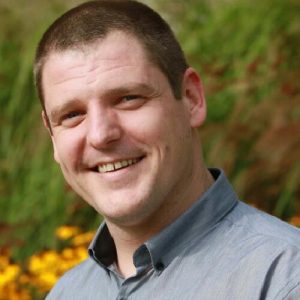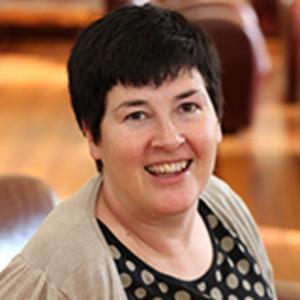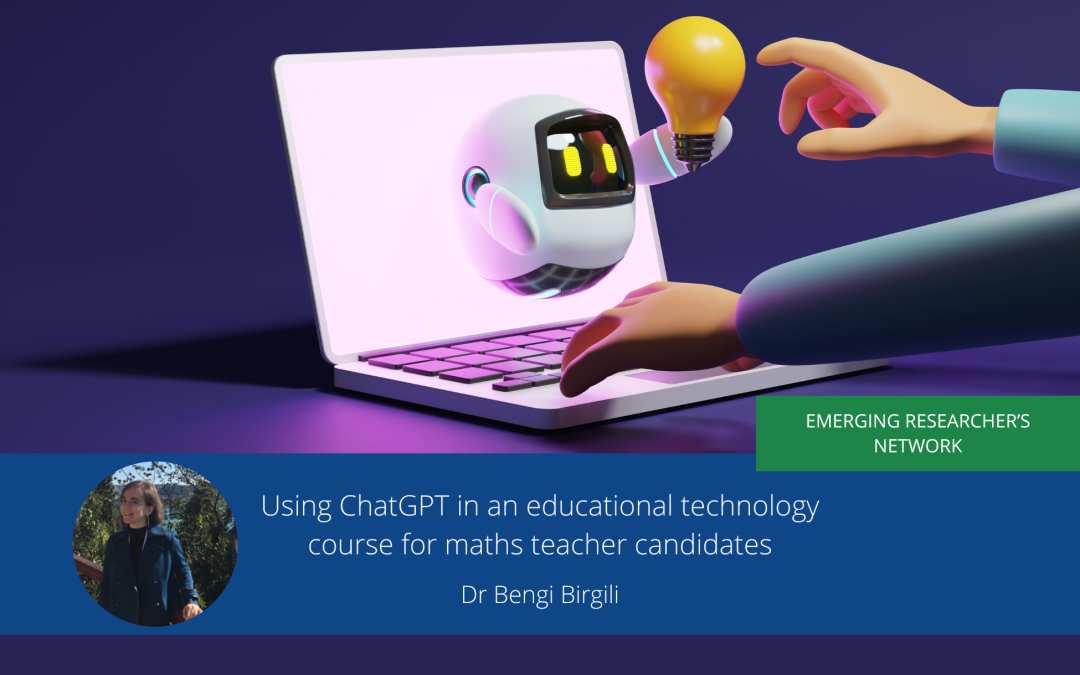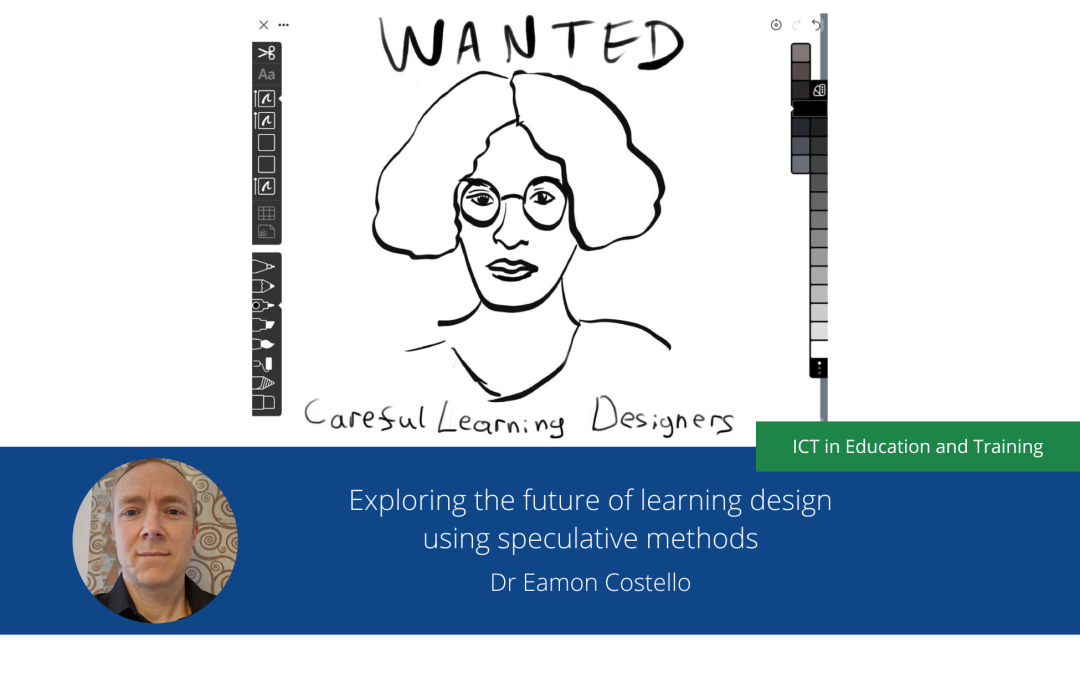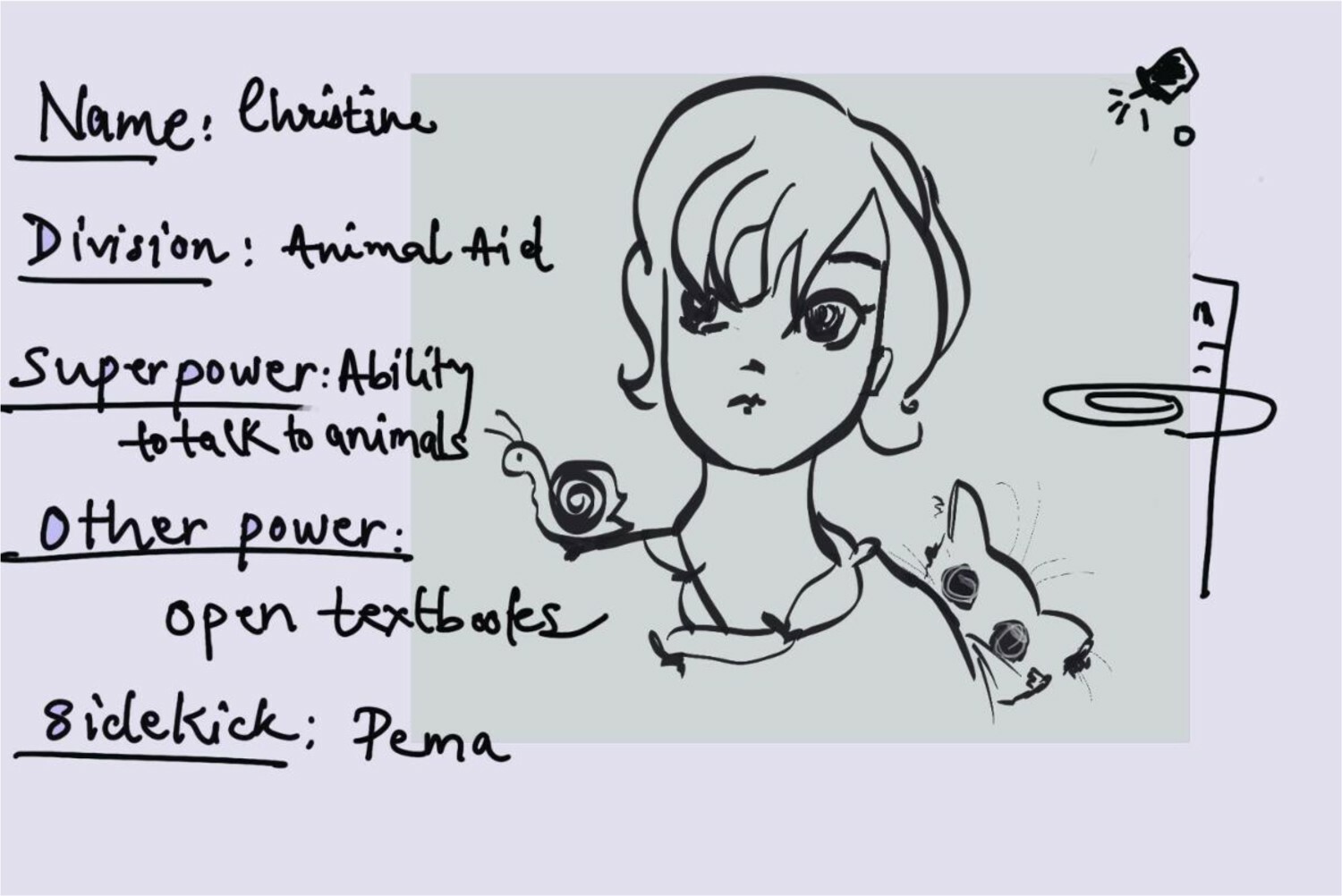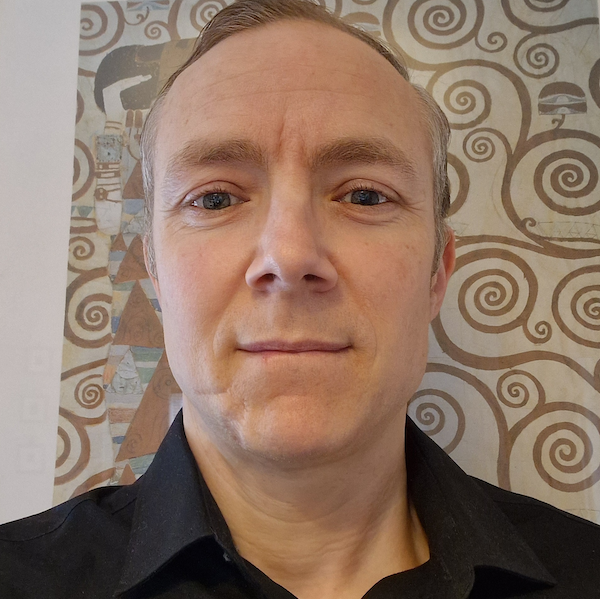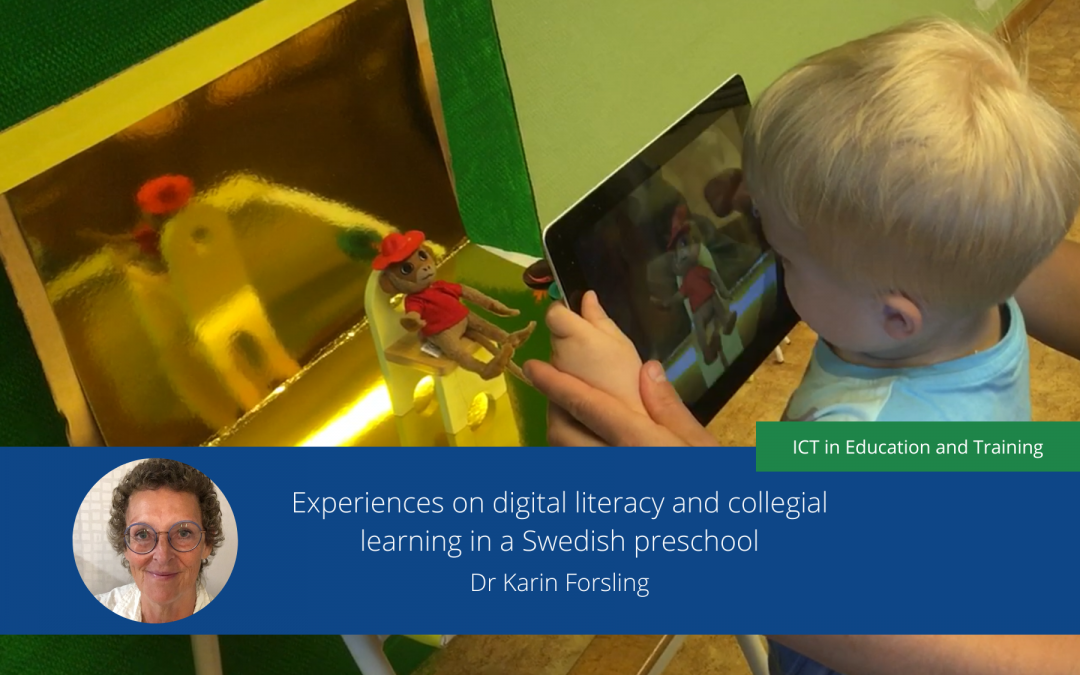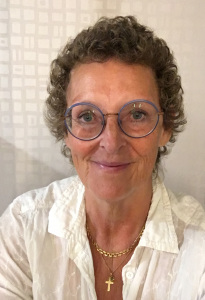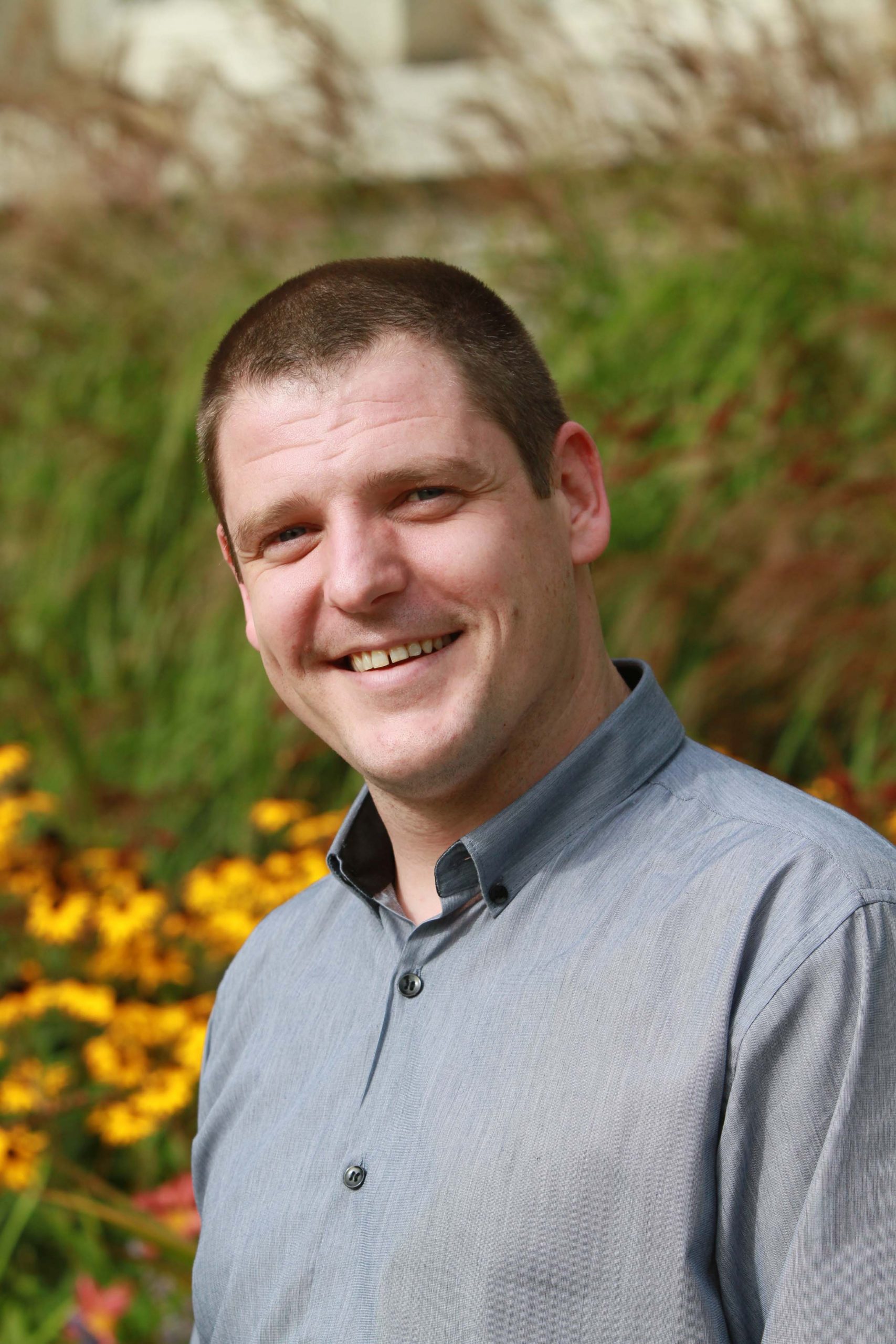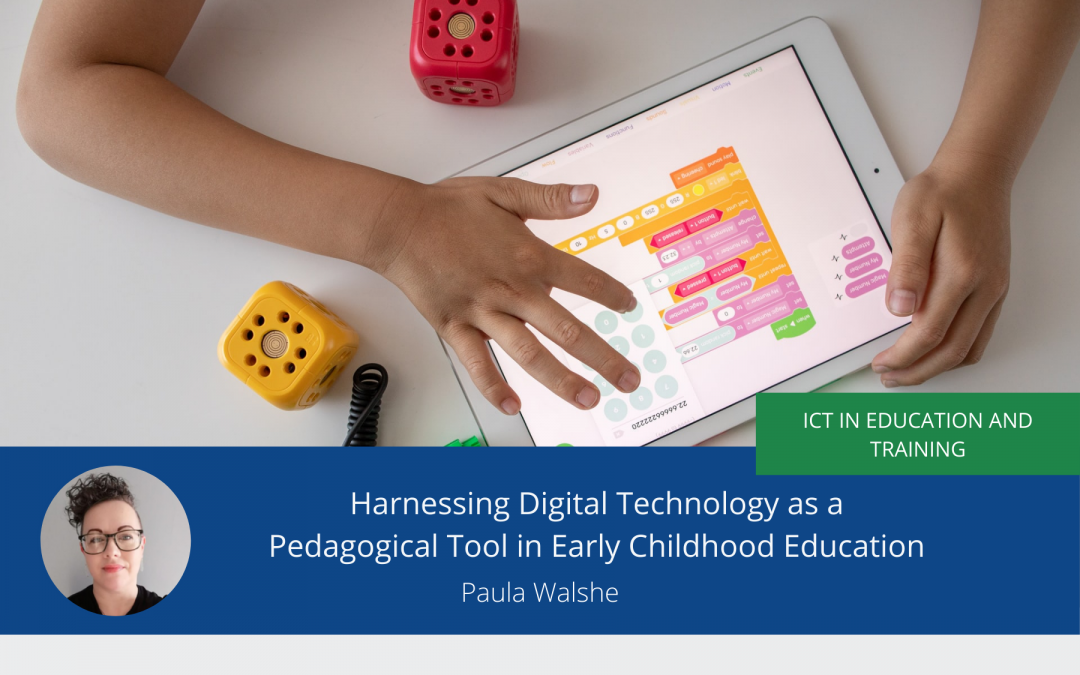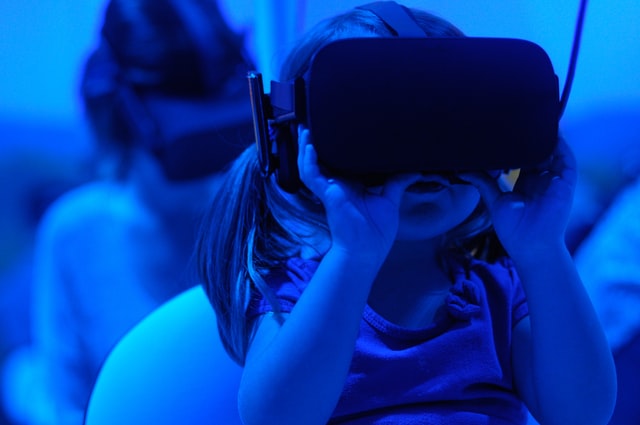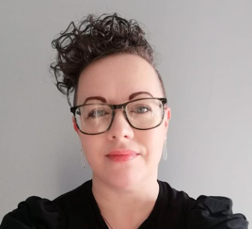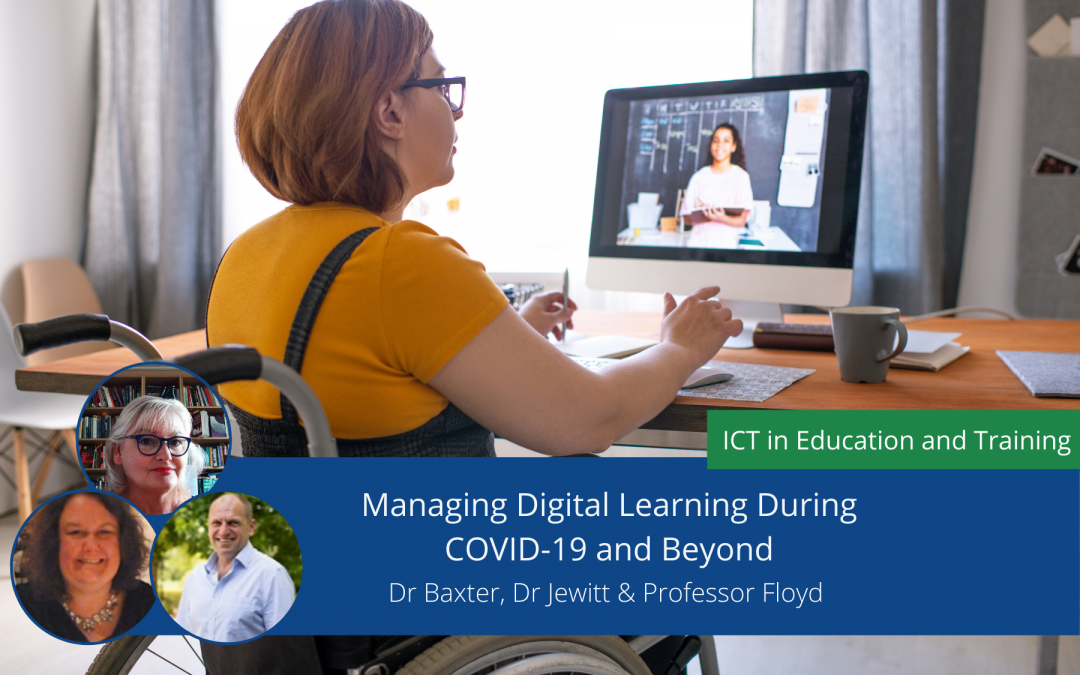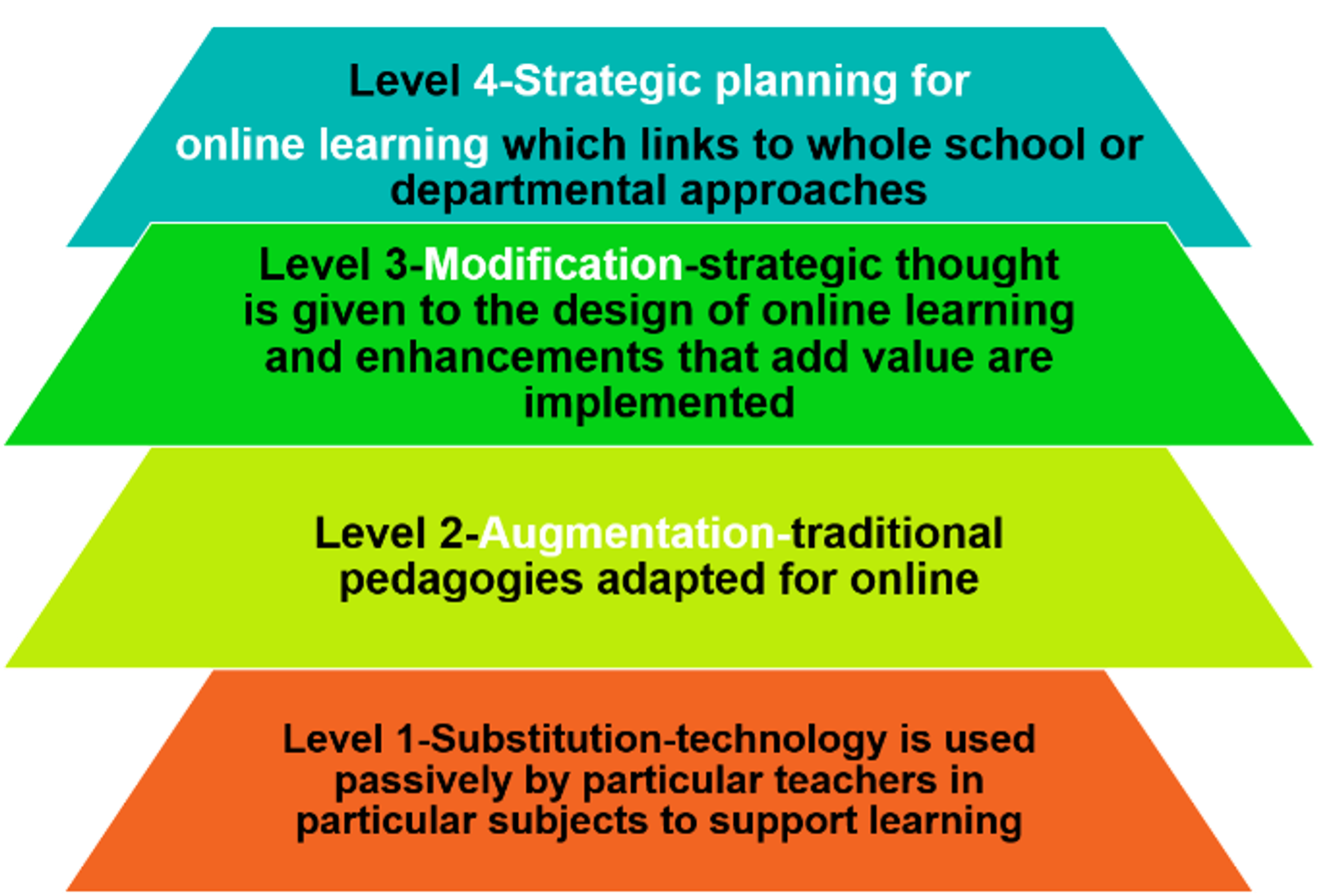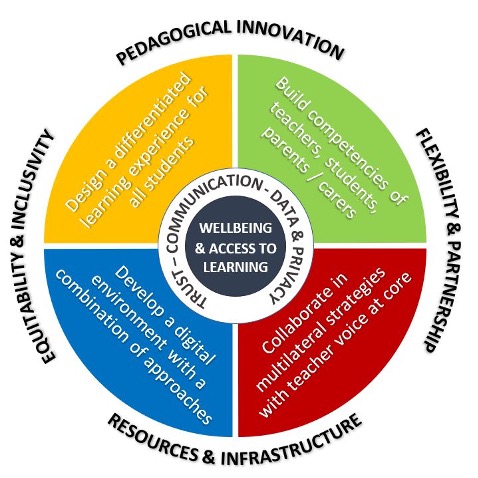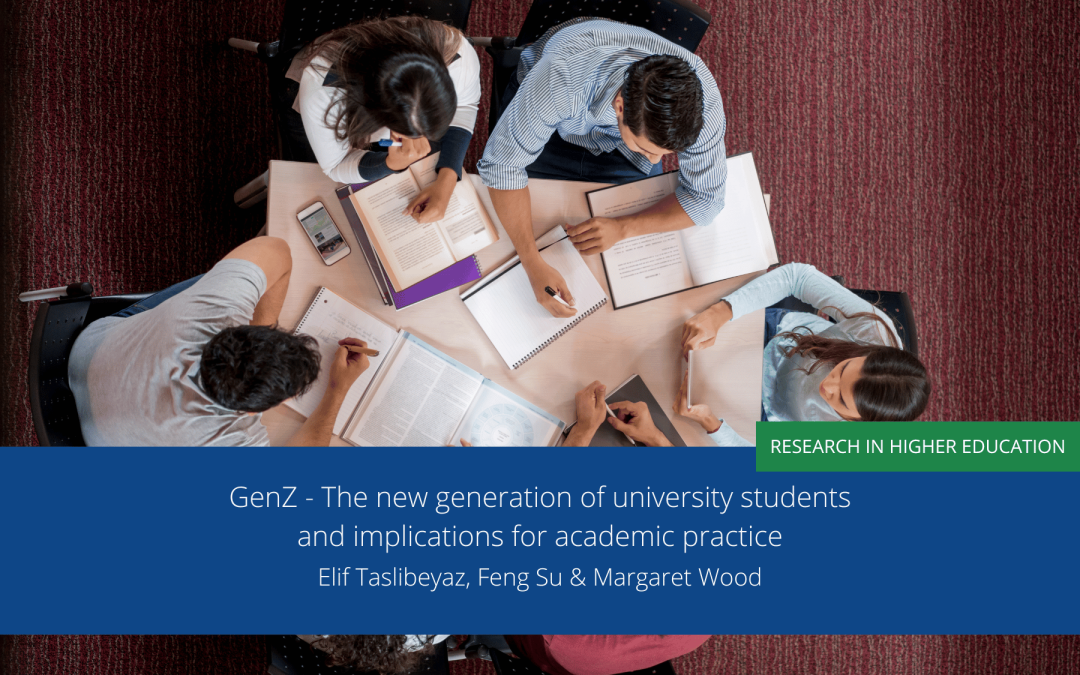
GenZ – the new generation of university students and implications for academic practice
In order to enhance university students’ experiences, there is a real need to have a better understanding of the new generation of students, particularly in the higher education context, and to explore the implications for academic practice. Our research and experiences of working in higher education have shown that there are ways to support and enhance the diverse range of university students’ learning needs, such as flexible learning models, work-based and community-based learning approaches, prioritising relationships in learning and teaching, and engaging students as partners in the learning process.
In this article, we offer a critique of the concept of ‘Generation Z’ learners in higher education and assumptions about their learning needs. ‘Generation Z’, or GenZ, is a term used to refer to young people born between 1997 and 2012, which includes a significant proportion of the university student body today. ‘Generation Z’ was born into a very different world from many of their educators in terms of access to information and life experience. This has deeply affected the way they seek, access, learn, and live information (Thomas, 2011).
Beyond the stereotype of GenZ
While it is true that they were born into the digital world, making them adept at using digital tools and accessing information online (Taslibeyaz, 2019), it would be unfair to limit them solely to the digital realm. It seems timely to revisit the implications for academic practice of the learning needs of the diverse student population in higher education today including but not limited to ‘Generation Z’.
Some researchers have suggested that ‘Generation Z’ has a particular set of characteristics of which academics need to be mindful in order to respond to their needs accordingly (Seemiller & Grace, 2016). The idea of assigning particular notional shared characteristics to these learners appears to be based on assumptions of collective experience and homogeneity. Arguably, this idea is, at best, of limited value. In fact, without more nuance and reference to diverse student contexts and individual experiences, it may be considered too widely drawn and of limited value to the educator in the development of inclusive practice.
Understanding the new generation of university students
Due to the massification of higher education, the university student body is now more diverse than ever. In addition, students in some countries are more affected by the marketisation of higher education than others. As a result, they have different expectations from higher education depending on their context. In their study, Gupta et al. (2023) found that many university students in Denmark, England, and Spain would like to see education as a right rather than a service or a product. However, at the same time, students recognise the implications of consumerist discourse on their university experiences. So, for example, as more students pay for their higher education, it is perhaps not surprising for them to expect certain returns on the ‘investment’.
Massification is a term used to describe the rapid increase in university student enrolment in many countries that was witnessed towards the end of the twentieth century. It is rooted in the shift from an élite to a mass higher education (Scott, 1995). The effect of massification in higher education is not only about student numbers but also about student body composition, character and aspirations. Rather than labelling the new generation of university students against assumed characteristics of a particular age group, massification of higher education also brings to the fore the importance of a better understanding of the student community we work with. So, we consider how to adjust our academic practice to be inclusive to facilitate students’ learning and support their learning needs. Rather than relying on generalised notions, we draw on our collective experience to identify some of the principles which guide our practice across the different geographical and cultural contexts we have encountered.
Flexible learning models
It is important to offer students flexible ways to engage with learning. For example, universities often structure learning and teaching with a rigid and linear time frame. Berg & Seeber (2016, p.xviii) note how ‘corporatization has compromised academic life and sped up the clock. The administrative university is concerned above all with efficiency’, and the result is a ‘time-crunch’ and a sense of ‘powerlessness’ for those subjected to it. This kind of timescape (time and space for learning) and organisation may not serve the distinct and particular needs of each student. Among other legacies, one thing we have learnt from the COVID-19 pandemic is that students appreciate the flexibility of learning modes, such as blended learning, rather than traditional classroom-based learning. Flexibility to engage with learning may be particularly important in times of economic hardship and cost of living pressures. Financial pressures and the need for some students to work whilst studying was examined by Henry (2023), who noted examples of strategies adopted by some UK universities to enable this:
Compact teaching timetables, where lectures and seminars are scheduled over two or three days rather than dotted throughout the week, are being introduced by a number of institutions. The move makes it easier for the growing number of undergraduates who must take on part-time jobs to make ends meet. More than half of students now work alongside their studies, up from 45% in 2022 and 34% in 2021.
Relationships
We argue for the priority of relational pedagogic approaches within academic practice. Relationships matter for everyone, especially for those students who are traditionally marginalised in higher education (Su & Wood, 2023). As Bovill (2020:24) has argued, ‘Time spent building trust and relationships is time well spent, because relationships form the foundation of good teaching’. In their study in America, Felten & Lambert (2020:17) uncovered four interlocking relationship-rich principles that guide both effective programmes and generative cultures at colleges and universities:
- Every student must experience genuine welcome and deep care
- Every student must be inspired to learn
- Every student must develop a web of significant relationships
- Every student must explore questions of meaning and purpose.
Students are primary actors in all four of these principles, but it is also essential for higher education institutions to ensure the learning climate and conditions that nurture these ‘relationship-rich’ principles, which we suggest can influence student motivation and engagement with the learning process.
Engaging students
In addition, we suggest it is crucial that academic and higher education institutions explore different teaching and learning strategies that encourage students to see the relevance of specific learning to experiences in the real world. In addition, we propose that using innovative digital technology can be advantageous for students, for example, combining real and virtual environments to maximise students’ conceptual understanding (Wörner & Scheiter, 2022).
Whilst higher education serves wider purposes than solely the development of employability, students expect that a university course of study will be useful and relevant to their career prospects after graduation. Embedding work-based and community-based learning as part of the curriculum may not only develop employability but also civic-mindedness and community engagement. In addition, there are benefits of engaging students as partners in the learning process and as co-designers of the curriculum (Bovill, 2000). For example, when higher education institutions design and review the curriculum, we argue that students have an important part to play in the process.
Summary
Our research and collective experiences of working in higher education suggest to us that generalised notions considered to represent common experiences of a section of the student body may be of limited value. In the development of academic practice to support the diverse range of university students’ learning needs, we suggest that educators reflect on the principles which guide the development of inclusive practice to recognise the rich experience and diverse learning needs represented by the student body.
In addition, we suggest that digital environments such as virtual applications and blended learning solutions should be utilised for the advantages and flexibility they offer, whilst also being mindful of equity issues in terms of student access to technologies. Reflection on our collective experience suggests to us the importance of flexible modes of learning, the role of work and community-based learning approaches, the priority and importance of relationships in learning and teaching, and ways to engage students as partners in the learning process by tutor guiding. Colleagues might like to add or substitute their own to these four principles as they reflect on the learning needs of the new generation of university students in their contexts.
Key Messages
- The expectations of ‘Generation Z’ of higher education are not limited to the digital world.
- A better understanding of the diverse student body in a particular higher education context is needed to support the development of inclusive practice.
- There are ways to support and enhance the diverse range of university students’ learning needs, such as
- flexible learning models
- work and community-based learning
- relationships in learning and teaching
- engaging students as partners in the learning process.
Blog Authors
Elif Taslibeyaz
Associate Professor in the Education Faculty at Erzincan Binali Yıldırım University, Türkiye
Elif Taslibeyaz is an Associate Professor in the Education Faculty at Erzincan Binali Yıldırım University, Turkey. Her research interests revolve around various areas, including technology integration in the educational context, and the development of learning in higher education settings.
Feng Su
Associate Professor and Head of Education Studies at Liverpool Hope University, UK
Feng Su is an Associate Professor and Head of Education Studies at Liverpool Hope University, UK. His main research interests and writings are located within the following areas: education policy, the development of the learner in higher education settings, academic practice and professional learning.
Margaret Wood
Senior Lecturer in Education at York St John University, UK
Margaret Wood is a Senior Lecturer in Education at York St John University, UK. Her recent research and publications have explored: the centralizing tendencies of much current education policy and its relation to community and democracy at the local level; and the development of academic practice in higher education.
Other blog posts on similar topics:
Berg, M. & Seeber, K. (2016) The Slow Professor: Challenging the Culture of Speed in the Academy. University of Toronto Press. https://psycnet.apa.org/record/2016-19419-000
Bovill, C. (2020) Co-creating Learning and Teaching: Towards Relational Pedagogy in Higher Education. St Albans: Critical Publishing. https://www.criticalpublishing.com/co-creating-learning-and-teaching
Felten, P. & Lambert, L. M. (2020). Relationship-Rich Education: How Human Connections Drive Success in College. Baltimore, MD: Johns Hopkins University Press. https://www.press.jhu.edu/books/title/12146/relationship-rich-education
Gupta, A., Brooks, R. & J. Abrahams (2023) Higher education students as consumers: a cross-country comparative analysis of students’ views. Compare: A Journal of Comparative and International Education, DOI:10.1080/03057925.2023.2234283 https://www.tandfonline.com/doi/full/10.1080/03057925.2023.2234283
Henry, J. (2023) ‘UK universities offer three-day-week to let students find part-time work’, The Observer. 26th August 2023. Available at: https://www.theguardian.com/education/2023/aug/26/uk-universities-offer-three-day-week-to-let-students-find-part-time-work
Prensky, M. (2001) Digital natives, digital immigrants. On the Horizon, 9(5): 1-6. DOI: 10.1108/10748120110424816
Scott, P. (1995). The meanings of mass higher education. Buckingham: SHRE and Open University Press. https://eric.ed.gov/?id=ED410817.
Seemiller, C. & Grace, M. (2016) Generation Z Goes to College. San Francisco, CA: Jossey-Bass. https://www.wiley.com/en-us/Generation+Z+Goes+to+College-p-9781119143451
Su, F. & Wood, M. (2023). Relational pedagogy in higher education: what might it look like in practice and how do we develop it? International Journal for Academic Development, 28 (2): 230-233. DOI: 10.1080/1360144X.2023.2164859 https://www.researchgate.net/publication/366988042_Relational_pedagogy_in_higher_education_what_might_it_look_like_in_practice_and_how_do_we_develop_it
Taslibeyaz, E. (2019). Analysis of research trends related to generation z and their contributions to education. Dokuz Eylul University Journal of Social Sciences Institute, 21(3), 715-729. https://www.academia.edu/40391757/ANALYSIS_OF_RESEARCH_TRENDS_ABOUT_GENERATION_Z_AND_THEIR_CONTRIBUTIONS_TO_EDUCATION
Thomas, M. (ed.) (2011). Deconstructing digital natives: Young people, technology, and the new literacies. Taylor & Francis. https://www.routledge.com/Deconstructing-Digital-Natives-Young-People-Technology-and-the-New-Literacies/Thomas/p/book/9780415889964
Wörner, S., Kuhn, J., & Scheiter, K. (2022). The best of two worlds: A systematic review on combining real and virtual experiments in science education. Review of Educational Research, 92(6), 911-952. https://journals.sagepub.com/doi/10.3102/00346543221079417


